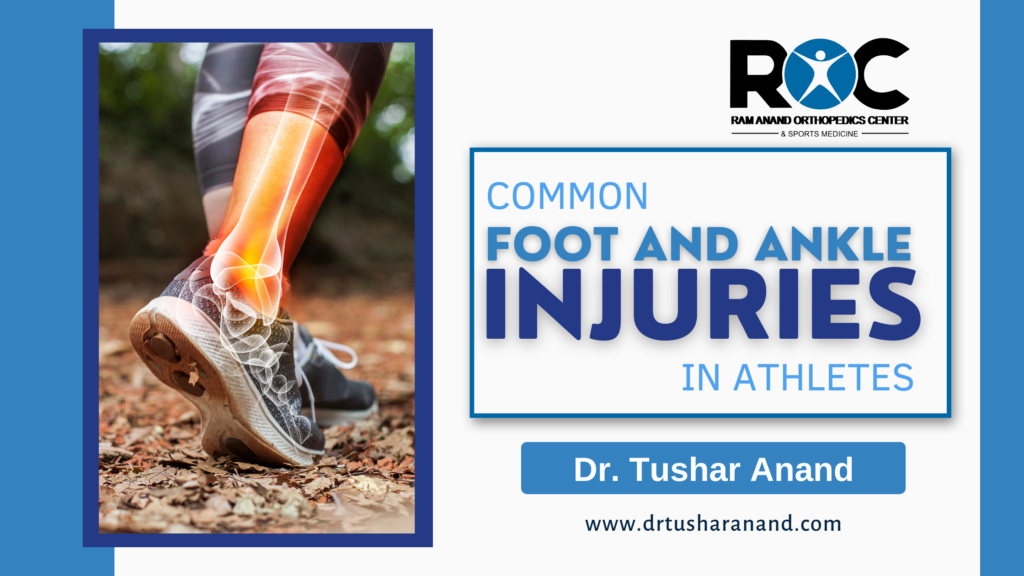Common Foot and Ankle Injuries in Athletes
As an orthopedic doctor in Meerut, I have seen numerous athletes come through my doors with various injuries, but some of the most frequent ones involve the feet and ankles. These areas endure significant stress and strain during athletic activities, making them prone to injuries. In this blog, we’ll delve into the common foot and ankle injuries that athletes face, shedding light on their causes, symptoms, and treatments.
Ankle Sprains:
Perhaps the most prevalent of all foot and ankle injuries, ankle sprains occur when the ligaments that support the ankle stretch or tear. This usually happens due to sudden twisting or turning motions, common in sports like basketball, soccer, and tennis. Symptoms include pain, swelling, bruising, and difficulty bearing weight on the affected ankle. Treatment often involves rest, ice, compression, elevation (RICE), along with physical therapy to strengthen the ankle and prevent re-injury.
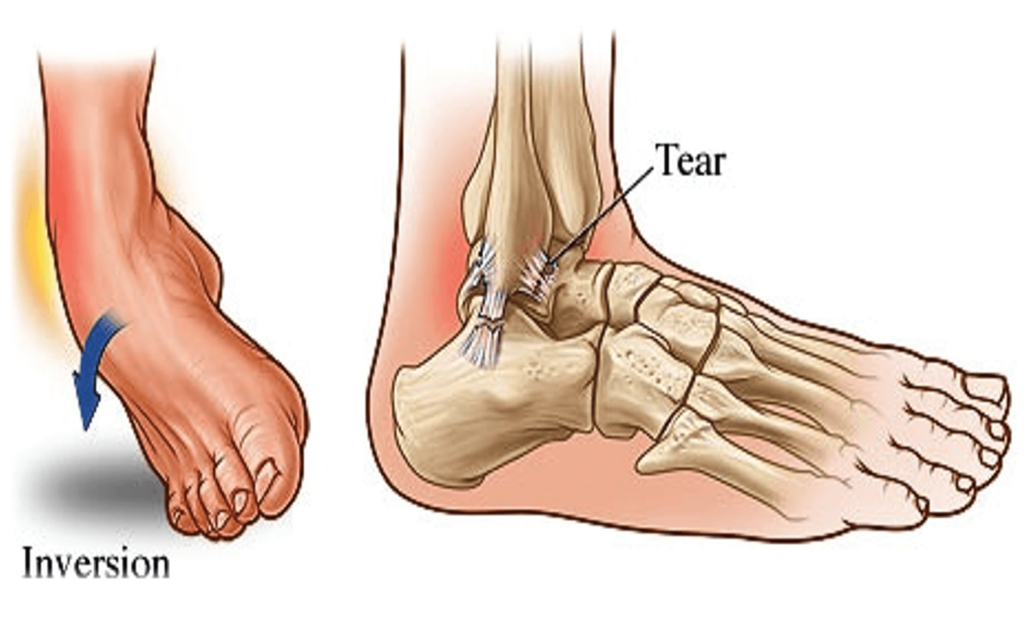
Achilles Tendonitis:
The Achilles tendon, located at the back of the ankle, connects the calf muscles to the heel bone. Overuse or repetitive stress on this tendon can lead to Achilles tendonitis, characterized by pain and stiffness along the back of the leg near the heel. Runners and athletes engaged in activities requiring sudden bursts of speed are particularly susceptible. Treatment may include rest, stretching exercises, and in severe cases, surgery may be necessary.
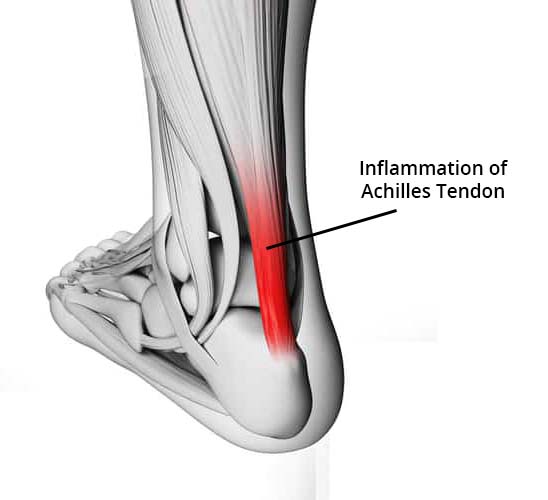
Plantar Fasciitis:
This is a common cause of heel pain among athletes, caused by inflammation of the plantar fascia—a thick band of tissue that runs along the bottom of the foot. Activities that involve repetitive impact, such as running or jumping, can strain the plantar fascia, leading to micro-tears and inflammation. Symptoms include stabbing pain in the heel, especially in the morning or after prolonged periods of rest. Treatment typically involves rest, stretching exercises, orthotic inserts, and in severe cases, corticosteroid injections.
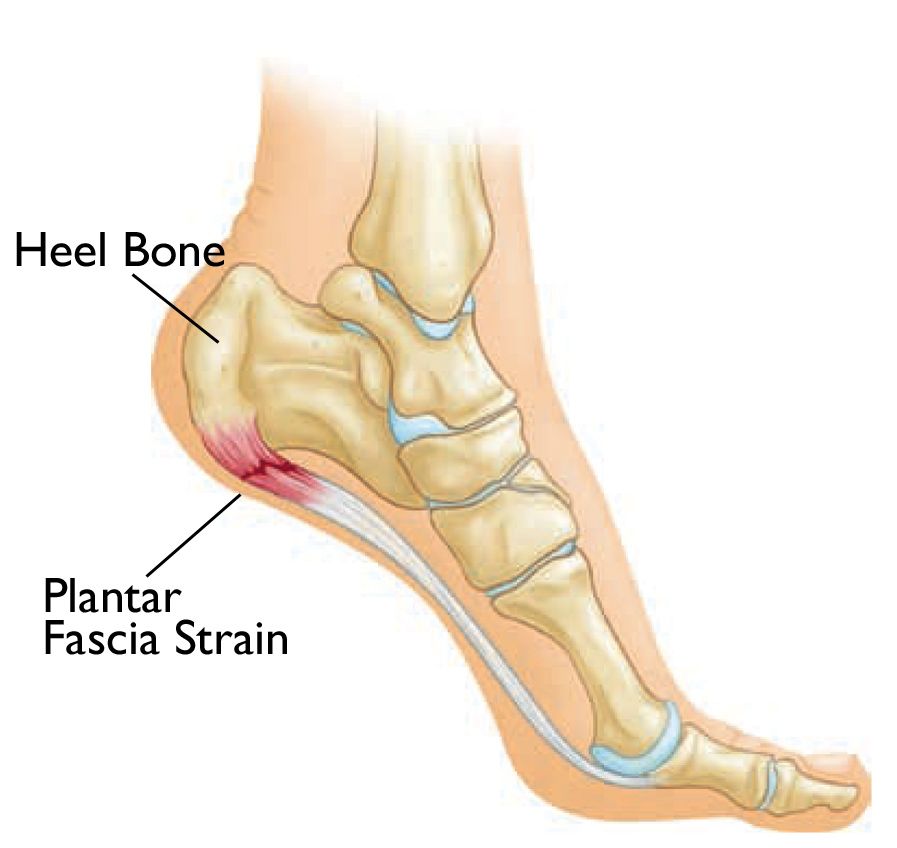
Stress Fractures:
Athletes who engage in high-impact sports like distance running or basketball are at risk of stress fractures in the bones of the foot and ankle. These fractures develop over time due to repetitive stress on the bones, resulting in tiny cracks. Symptoms include localized pain, swelling, and tenderness, often worsening with activity. Treatment involves rest, immobilization with a cast or boot, and gradually returning to activity once the fracture has healed.
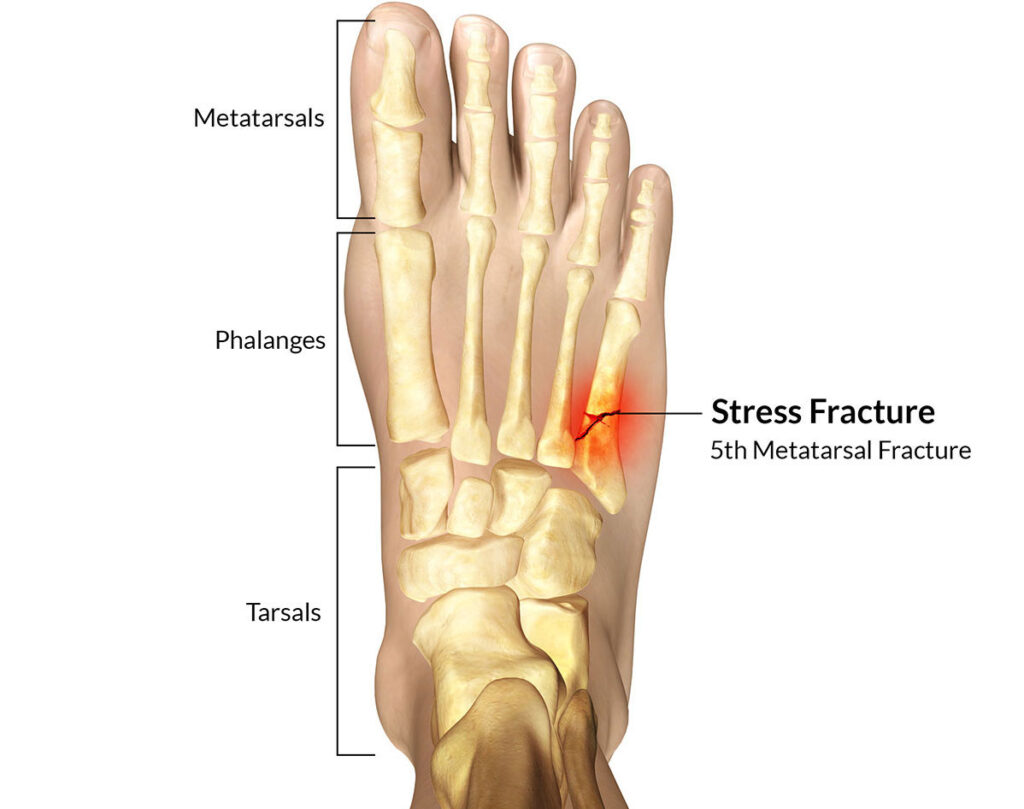
Ankle Impingement:
Also known as “athlete’s ankle,” this condition occurs when repetitive trauma causes soft tissue or bony structures around the ankle joint to become irritated or inflamed. Athletes involved in sports requiring frequent ankle dorsiflexion, such as ballet or gymnastics, are prone to this injury. Symptoms include pain, swelling, and limited range of motion, especially when flexing or extending the ankle. Treatment may include rest, physical therapy, and in some cases, surgical intervention to remove scar tissue or bone spurs.
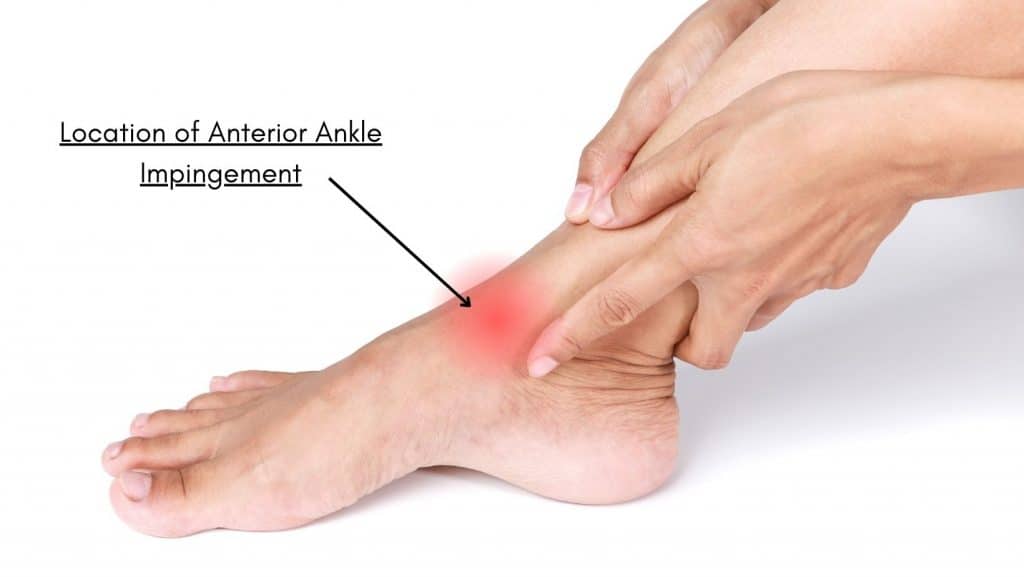
These are just a few examples of the common foot and ankle injuries that athletes encounter. However, it’s essential to remember that each injury is unique, and proper diagnosis and treatment are crucial for optimal recovery and preventing long-term complications.
If you’re experiencing foot or ankle pain from a sports-related injury, don’t hesitate to seek medical attention from a qualified orthopedic doctor. In Meerut, Dr. Tushar Anand offers expert orthopedic care, specializing in the treatment of sports injuries. With years of experience and a commitment to patient care, Dr. Anand can help you get back on your feet and back to doing what you love.
In conclusion, understanding the causes, symptoms, and treatments of common foot and ankle injuries is essential for athletes to stay healthy and perform at their best. By taking preventive measures, seeking prompt medical attention, and following a proper rehabilitation program, athletes can minimize their risk of injury and enjoy long, successful athletic careers.
faqs:
Ankle sprains commonly occur when the foot twists or rolls beyond its normal range of motion, leading to stretching or tearing of the ligaments that support the ankle joint. This can happen during sudden changes in direction, pivoting, or landing awkwardly after jumping. Sports like basketball, soccer, and volleyball, which involve rapid changes in movement and direction, are particularly prone to ankle sprains.
Preventing plantar fasciitis involves several measures, including:
- Wearing supportive footwear with adequate cushioning and arch support, especially during athletic activities.
- Gradually increasing the intensity and duration of exercise to avoid overloading the plantar fascia.
- Incorporating stretching exercises for the calf muscles and plantar fascia into a regular exercise routine.
- Avoiding running or walking on hard surfaces for extended periods, as this can strain the plantar fascia.
- Maintaining a healthy body weight to reduce stress on the feet and lower extremities.
Athletes should seek medical attention for foot or ankle pain if:
- The pain is severe and persistent, even with rest and over-the-counter pain medication.
- There is significant swelling, bruising, or deformity around the injured area.
- They are unable to bear weight on the affected foot or ankle.
- The pain is accompanied by numbness, tingling, or weakness in the foot or ankle.
- Previous treatments or home remedies have not provided relief or if the pain worsens with time. Prompt medical evaluation is essential to accurately diagnose the injury and initiate appropriate treatment to prevent further damage and facilitate recovery.

